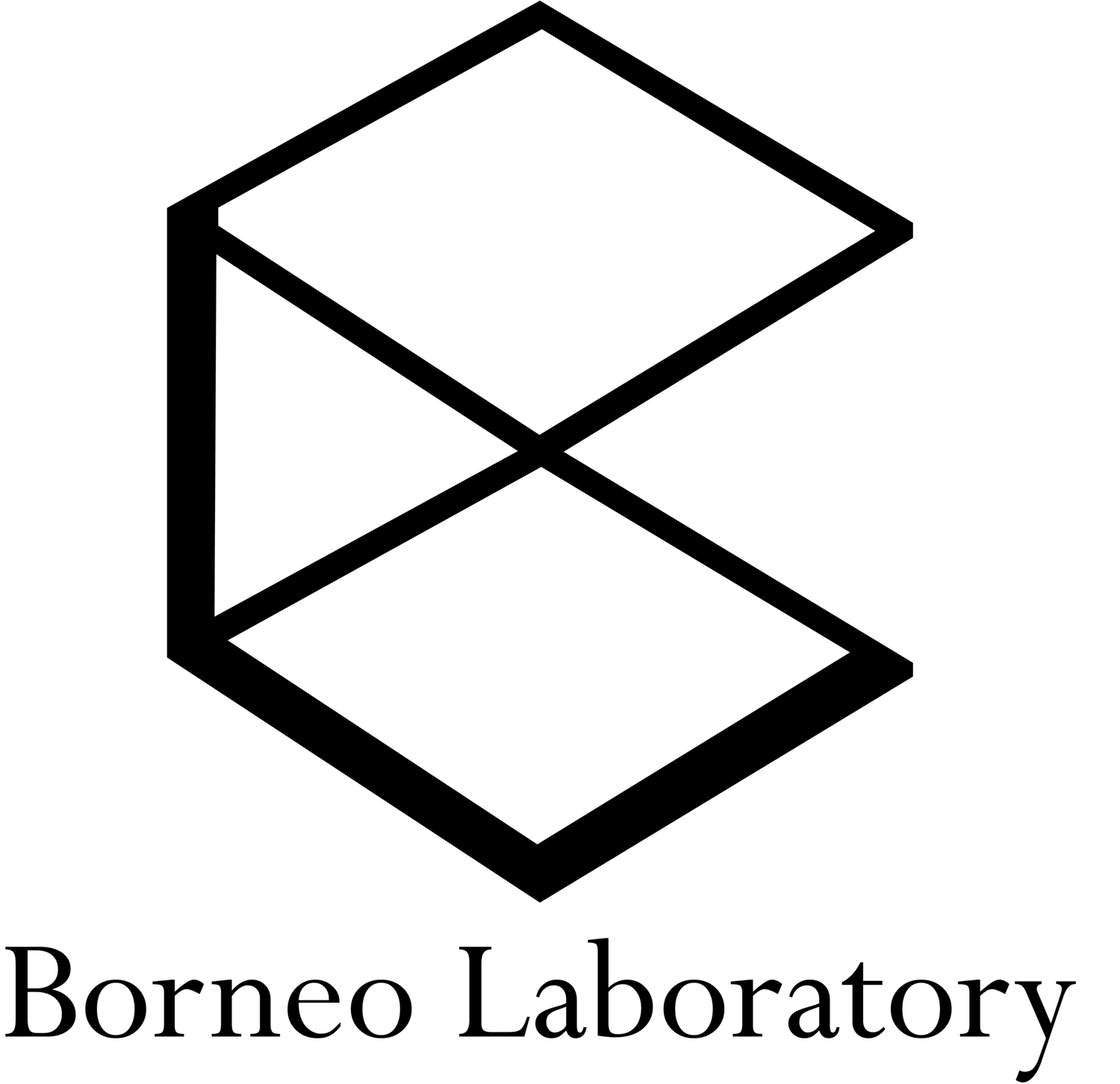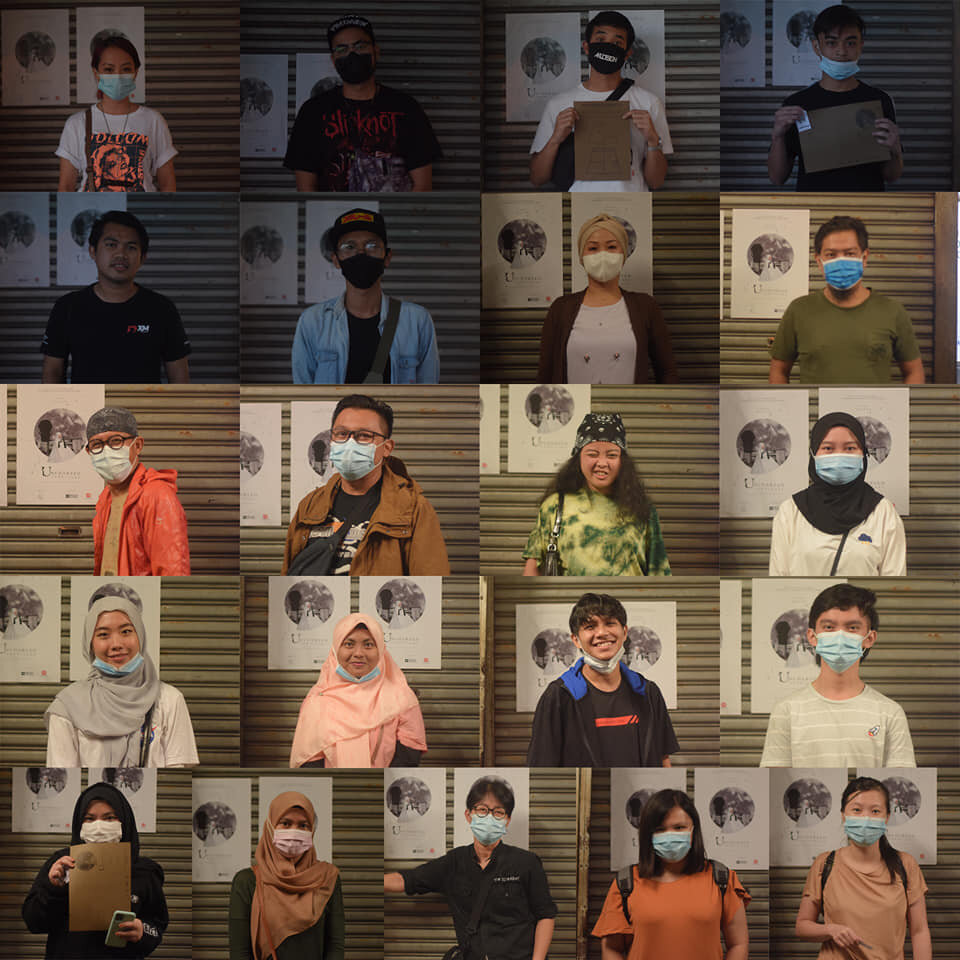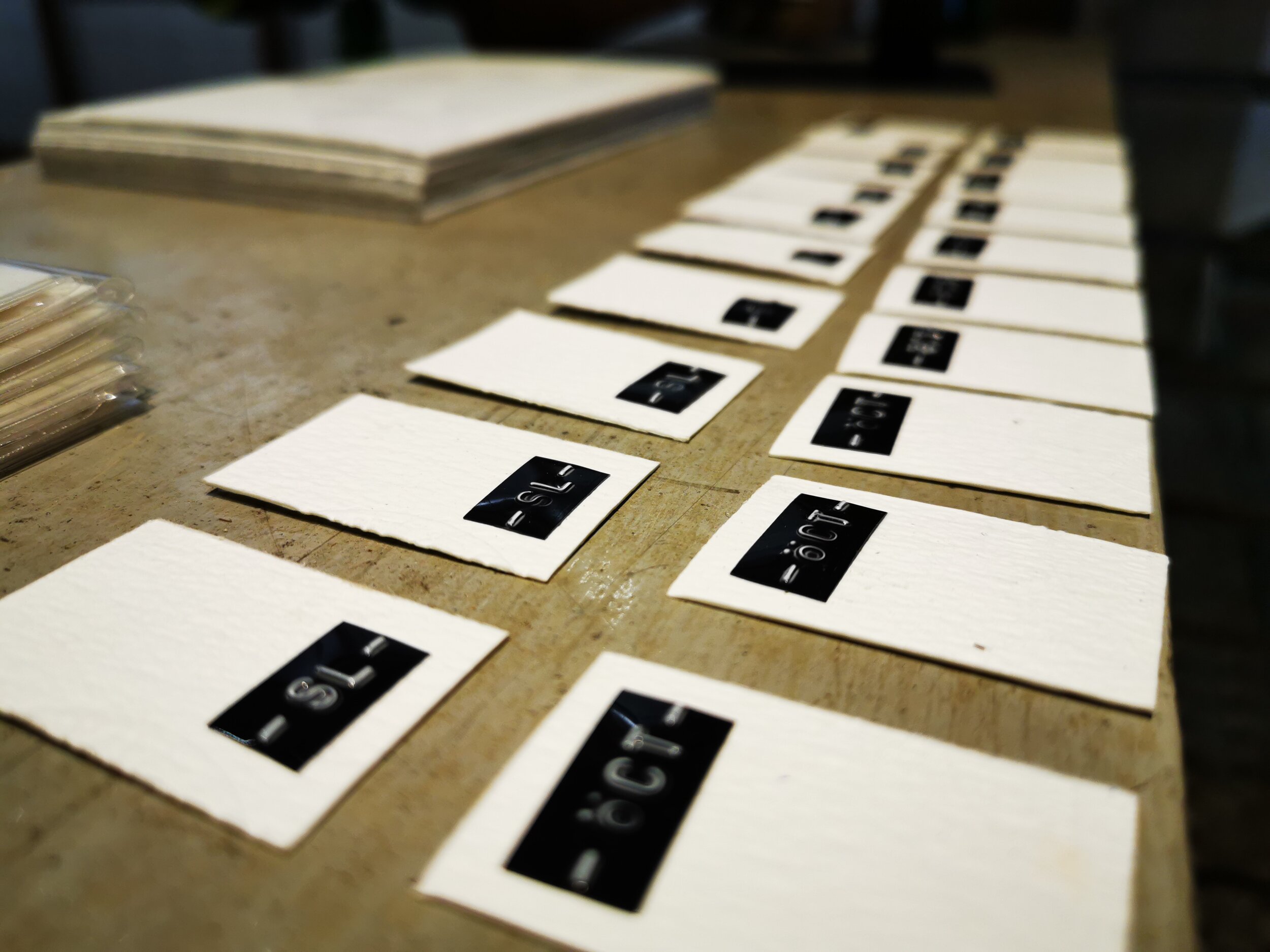Think and Think, Public Relations
Rethinking Public Relations
written by Karen Shepherd
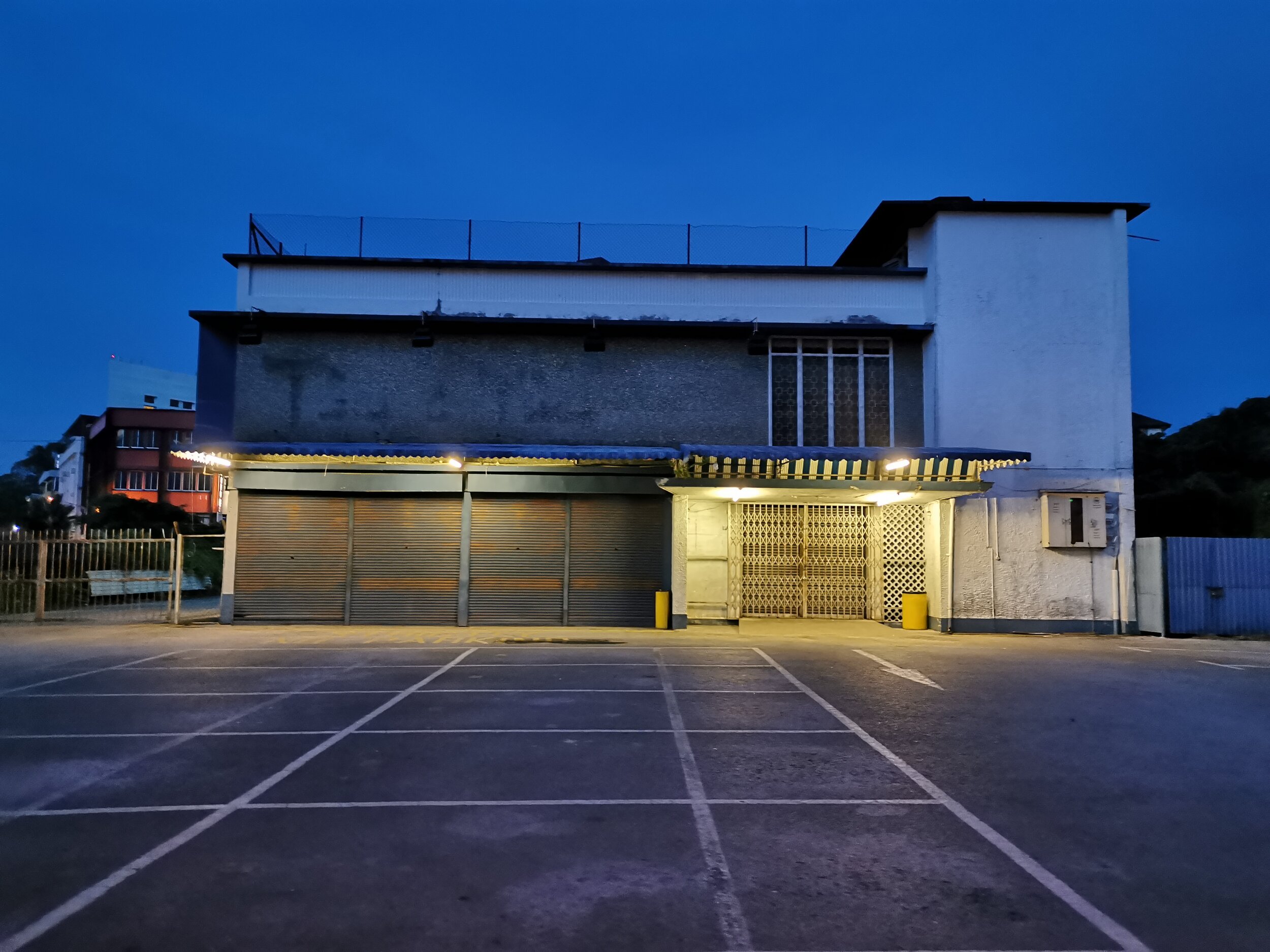
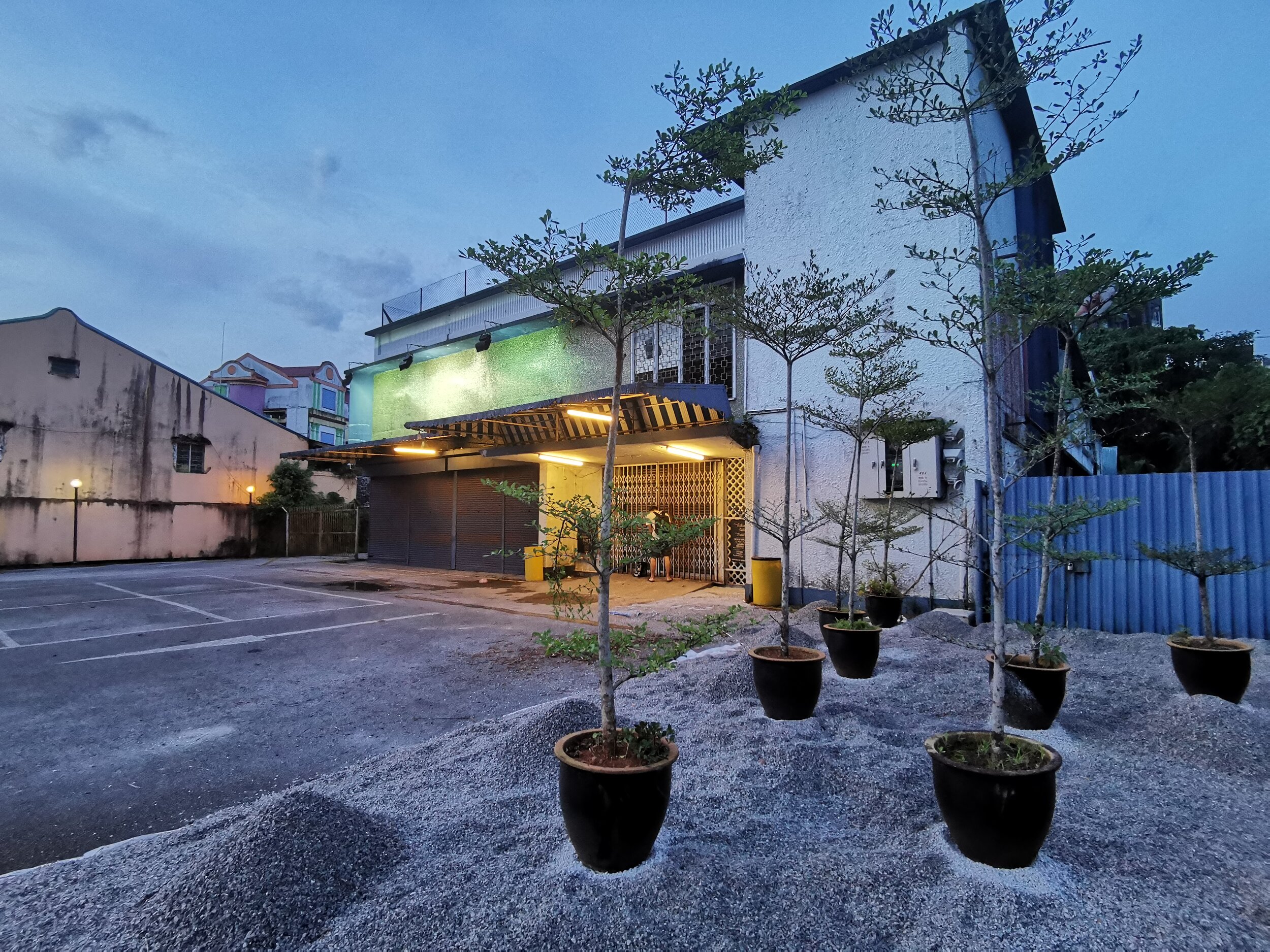
The place
Think and Think is an exercise for Borneo Laboratory in exploring a new normal. Sited in Kuching’s first supermarket, Ting and Ting, which closed its doors to customers in mid-2019, it is a reinvention of one of the city’s most recognised spaces (hence the play on its name), and a departure for Borneo Lab in experimenting with public space on a much larger scale. Founder Wendy Teo describes this venue as part of Borneo Lab’s ‘focus in creating an environment where creative communities can thrive locally and through cross-regional collaborations.’ But this plan was conceived before the emergence of a global pandemic.
Think and Think will ultimately be a community art space and creative hub – two floors of exhibition space and workshops topped by a rooftop garden, their ‘Green pocket project’, a plan that has been taking shape throughout the pandemic period. But, in a small town like Kuching, the transformation of this well-loved and fondly remembered icon is loaded with nostalgia. Responding to this, perhaps, and post-pandemic, Wendy Teo explained that Borneo Lab needed ‘a gesture’, a ‘participative’ event to ‘inform the neighbourhood’.
This neighbourhood has been inevitably transformed by the Covid-19 pandemic. Public space has become a problem. Strangers are now danger, even friends and family members too. Gatherings have been suspended; celebrations curtailed; events cancelled. Lockdowns have impacted the global economy, heralded the end of capitalism, made billions for Jeff Bezos and seen unemployment skyrocket. If industry is this affected, what about the world’s artists, whose survival has always been a matter of careful negotiation between commerce and creativity?
The Proposal
‘Rethinking Public Relations’ was conceived in this context. A project under the British Council ‘Hub for Good’ program, it sought to examine the changing role of Borneo Laboratory (alongside other regional creative communities from Malaysia, Myanmar, Thailand and the Philippines) amidst the new challenges posed by Covid-19 and the new normal that is emerging. A platform to establish and support creative communities in Sarawak, Borneo Laboratory, as Wendy Teo puts it, has always asked the question: “How could we set up sustainability over the creative industry ecosystem?”
This question becomes all the more pressing in a world coloured by Covid. ‘Rethinking Public Relations’ was simultaneously both a continuation of their work in answering this and a response to the interruption posed by the pandemic. More than anything else, this project would be a time to think and think about Think and Think and what it would mean for the community, creatively and socially, at this time.

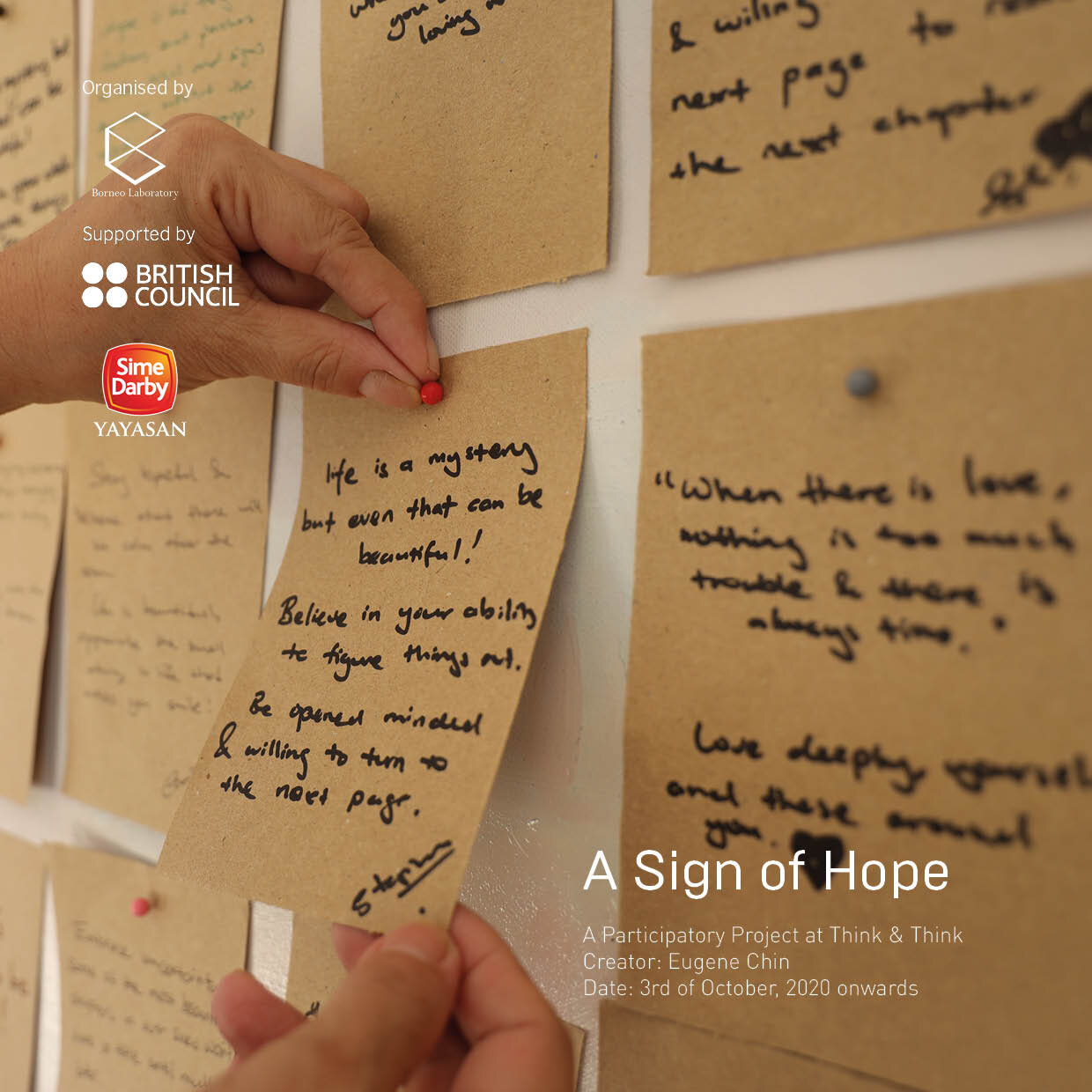
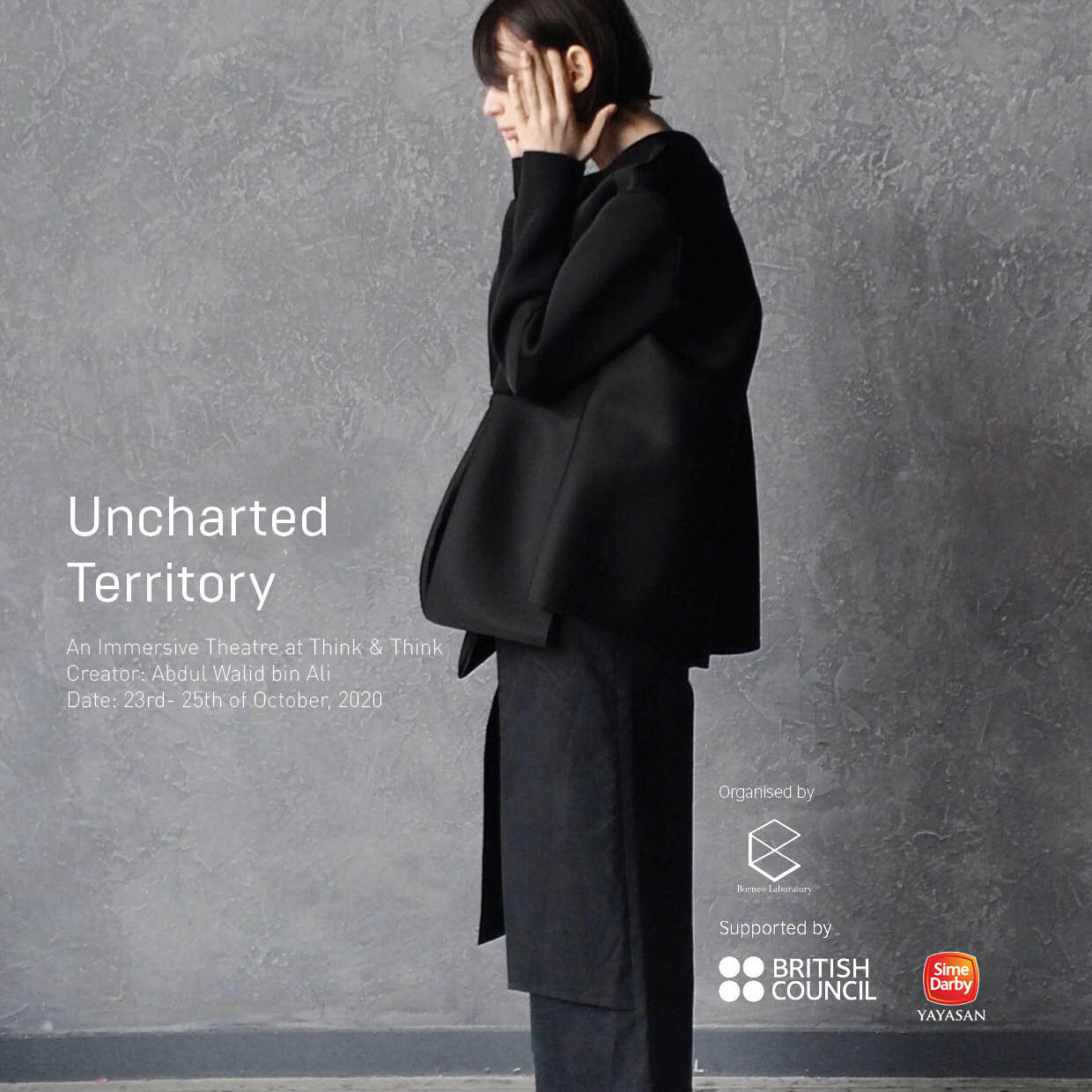
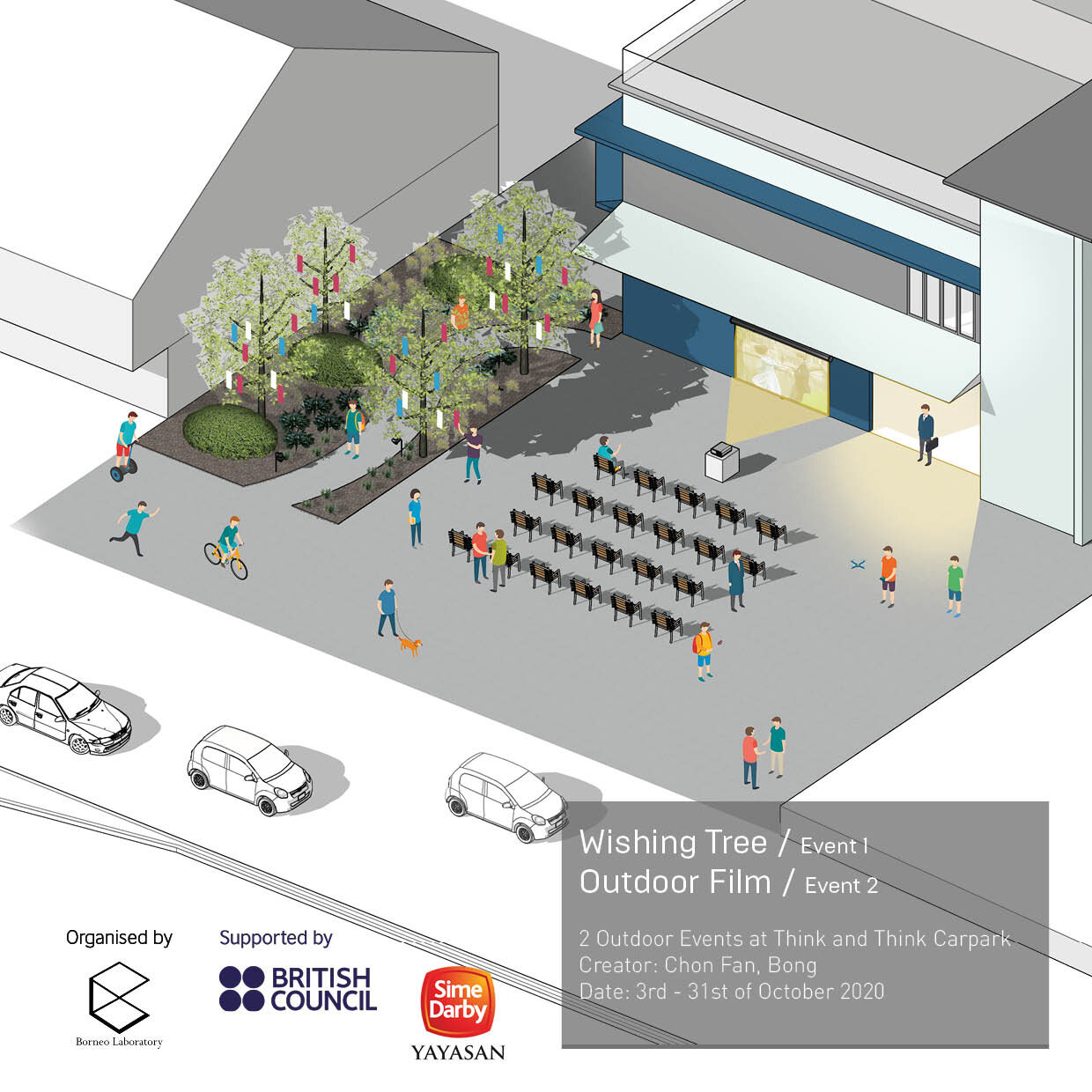
The Project
The project involved the work of three long-term collaborators with Borneo Laboratory – Eugene Chin of Baytail film, Bong Chon Fan and Abdul Walid. A filmmaker, architect and photographer, and theatre maker respectively, each had conducted projects under the Borneo Laboratory umbrella prior to the pandemic and submitted chapters to the most recent Borneo Laboratory publication. Four discrete events were planned, each with a physical presence: Stories of Hope; the Wish Tree; an Open-Air Cinema and Uncharted Territories, an immersive theatre experience.
Stories of Hope was an interactive installation by Eugene Chin which ‘invited members of the public to participate in spreading hopeful stories and messages to the community’. Eugene himself had previously created an exhibition entitled: ‘Between the Broken Pieces’, which gave space to visitors to share the stories of their struggles with mental health issues. As such, he described ‘Stories of Hope’ as very much a follow up, ‘responding to a lot of the questions started during that period’. But equally, he expected ‘participants to reflect and think about some of the profound questions that arose during the Covid-19 pandemic’.
Chon Fan’s Wish Tree project invited participants to ‘propagate positive messages’, either online or in person, to be displayed on living trees outside Think and Think. He saw his participation in ‘Rethinking Public Relations’ as something of a return to his original impetus in joining Borneo Lab when wanted to be part of the emergence of new creative communities that he saw happening, to ‘kickstart something’ and to ‘show that something can be done and done successfully’. For him, Rethinking Public Relations was yet another kickstart after Covid, helping people to ‘reconnect back to society’.
Walid conceived an immersive theatre experience entitled Uncharted Territories. He confessed that this had no roots in the pandemic or the standard operating procedures that accompany it. For him, the ‘quality of the space’ was key. At the time of Rethinking Public Relations, little had been done to the building and he was inspired by its derelict emptiness. The requirement to control the movement of the audience through an immersive experience was secondary and, in the context of Covid, more of an added difficulty than a primary focus. “Ting and Ting is a very important building,” he said. “People know it very well and it has sentimental value for Kuching”.
Chon Fan’s second event was an open-air cinema. His first stimulus was, in fact, a direct reaction to Covid; a return to film as a social experience. With the cinemas still closed at the time of planning, he believed that ‘organising this event will enable people to re-experience cinema in a different way, to interact. That is the point of having a public space’. But he admits that the location, within sight of one of Kuching’s first independent cinemas, also now closed, played its part. “It is a way to echo the history of the place,” he said.
The Context
Much like elsewhere in the world, Kuching’s creative communities, and equally its creative audience, are a confluence of social, economic and development pressures. Wendy Teo draws a distinction between the individualism more common in large cities as compared to the collectivism often associated with smaller towns and villages. Borneo Laboratory has placed itself in this space. For Wendy, it is about finding the balance between community acceptance and the ‘statement’. So far, she says, they have been ‘very grounded in Kuching, which has a society which you can’t find elsewhere.’ The result has been highly collaborative and supportive. But, says Wendy, “for the next three years, we have to be more daring.”
The fundamental purpose of Borneo Laboratory has been to create a sustainable creative industry that exists beyond the confines of government sponsored events and programmes. In Kuching, this runs the gamut from finding alternative sources of funding, creating commercial value, educating new audiences and building communities. Covid has, of course, disrupted this process. The statistics so far are frightening. Malaysia-wide, the creative economy has contributed a meagre 2 percent to GDP over the last five years and, even so, the Cultural Economy Development Agency (Cendana) reports that 93 percent of Malaysian artists and cultural workers have been negatively impacted by the pandemic, with 70 percent having lost all or most of their income.
But the desire for public space in Kuching, where creative communities remain incipient, needed to be tested. Of the five hubs shortlisted under the British Council ‘Hub for Good’ programme, Kuching was the only one to contemplate a physical event, all others opting for digital. Rethinking Public Relations took place during the third phase of lockdown – the Restricted Movement Control Order (RMCO) – in which schools and offices had reopened, along with entertainment and food outlets, after 6 months of greater restrictions. The use of masks remained mandatory as did temperature checks and caps on the maximum size of gatherings. With new premises and with the spectre of the pandemic, Rethinking Public Relations was that ‘gesture’ to the community, the bridge to the next phase of ‘daring’.

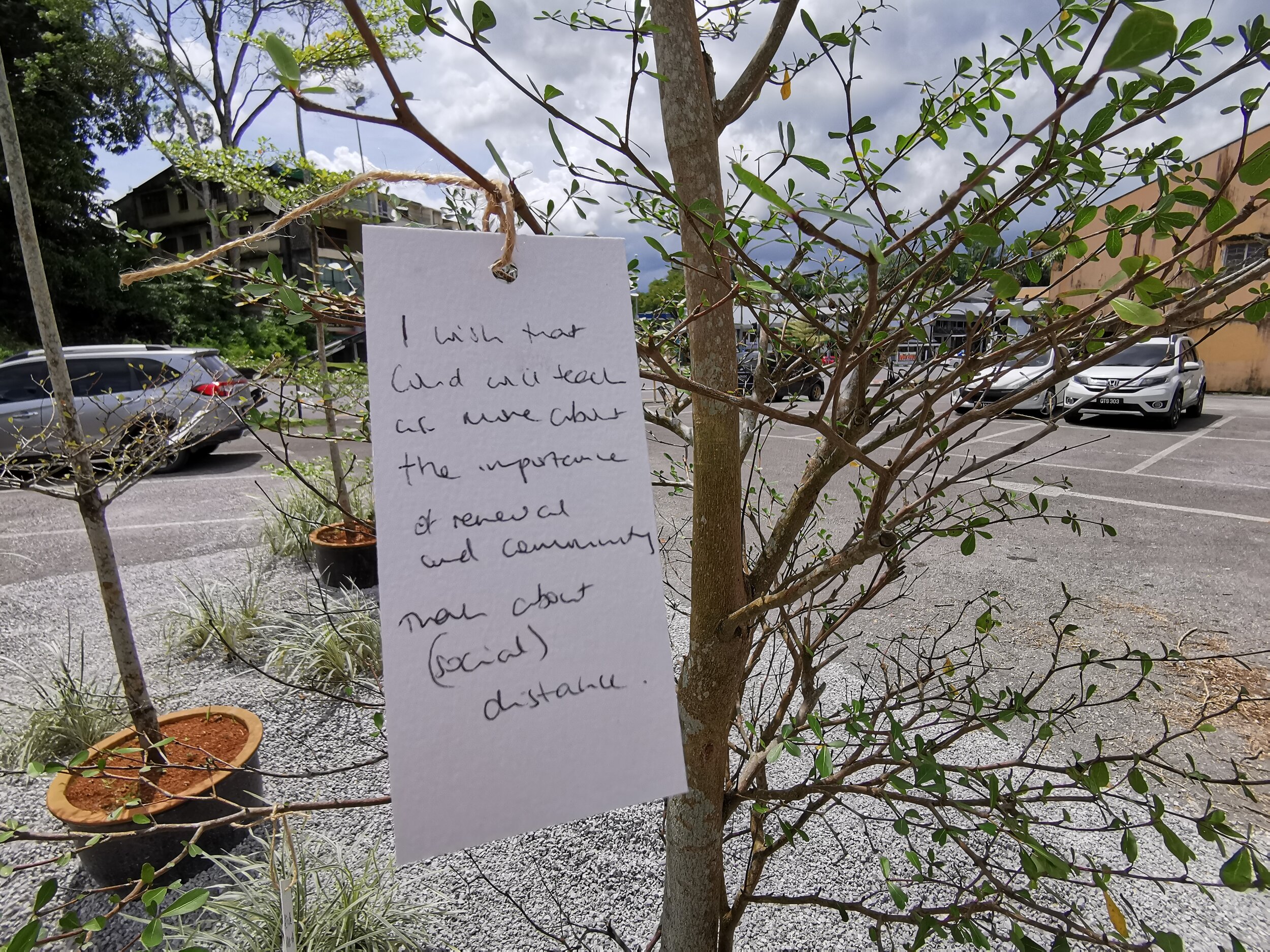


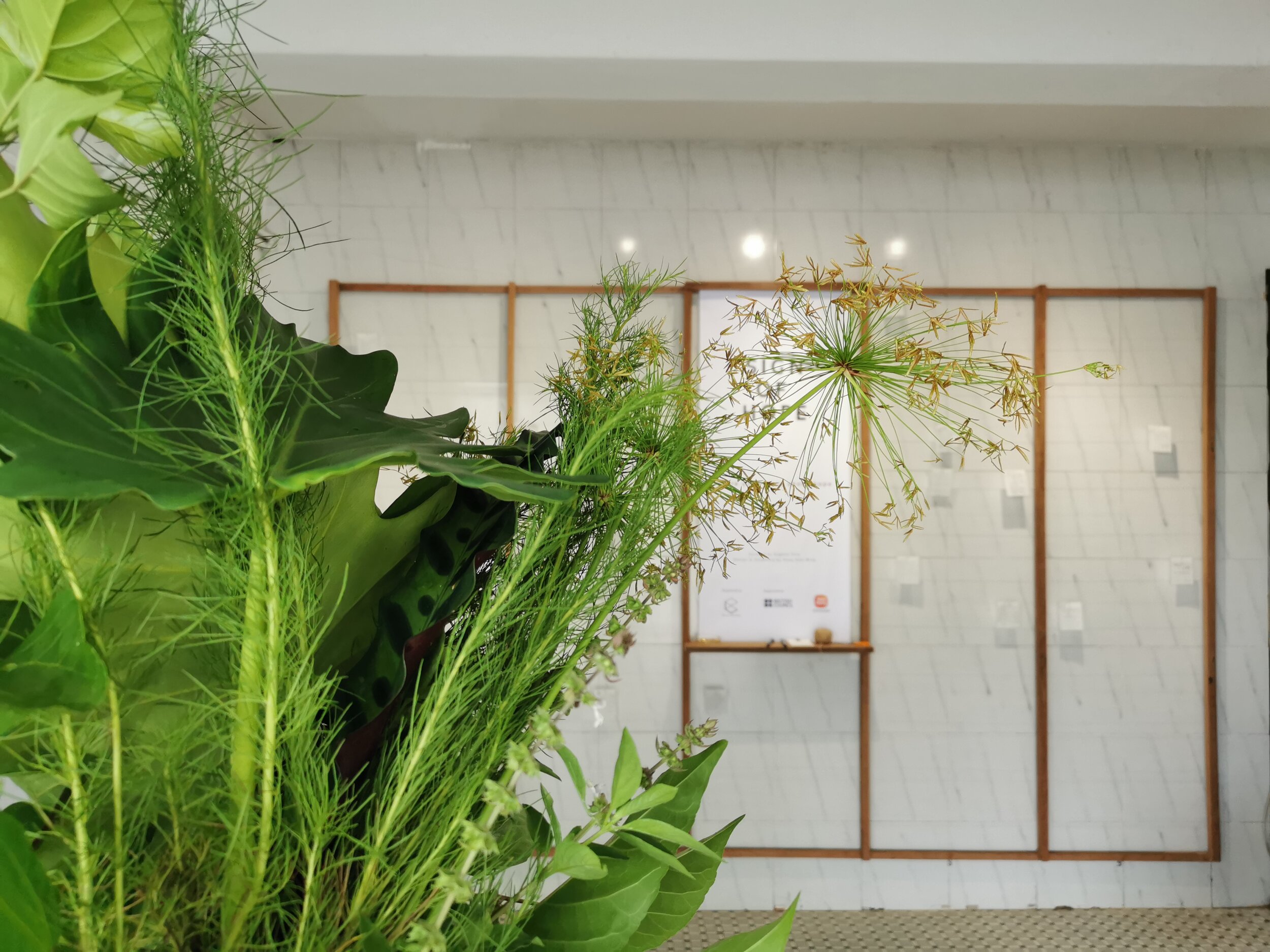
The Outcome
Social Connection
All three practitioners spoke at length about the themes of community and social interaction within the sphere of art. This type of face-to-face communication and connection is still highly prized in Kuching with social links maintained over many years. Almost all the interviewees for Rethinking Public Relations, selected at random, turned out to have some other connection with at least one of the specialists – Violet was at school with Eugene, Jeremiah was close friends with Chon Fan, Muneer a film student at Walid’s university, and Aida the sister of Asyliah, one of the theatre performers.
As Walid put it: “It is important to have live events now. It is how we socialise with people, how we talk with people around us, people outside of our family. It is how we connect with others. If we don’t have these new live events, people will become depressed. We will not express ourselves.” A clear sense emerged that, for some people, this drive to reconnect overrode any fear of infection. “Most people are returning to normal but adhering to social distancing measures,” said Eugene. “People don’t seem to be bothered. They are going back to real life willingly.”
Responding to behavioural changes
All four events saw in-person participation. But how much was this a response to the spectre of the pandemic or, alternatively, to the long months of lockdown? The timing of Rethinking Public Relations, was both fortuitous and important, falling immediately after the first relaxation of MCO but also immediately before a second upsurge in cases. Many spoke of needing an escape from the effects of isolation. Asyilah, a radio presenter, described ‘letting herself loosen up again’. Chon Fan believed: “It is your own responsibility to take care of yourself. If there are so many things to worry about, nothing can be done. If our intention is positive and good, it is worth risking.” But would the reaction to Rethinking Public Relations be any different if it were held now as the reality of a second spike sinks in?
Liyana Salleh, a Sarawakian living in KL, opted to participate in the Wish Tree online. Partly a factor of distance, she also made clear that she chose digital because it is safer. She said that: ‘until there is a working vaccine for Covid-19’, she ‘firmly believes that physical events should not be done.’ A freelance copy writer, her work life has been affected by the pandemic. “The social enterprise I was working with heavily relied on tourism,” she said. “I was inspired to pivot - every business' favourite word at the moment - in my work. I worked on gaining new skills that I deemed would be in demand in the future.”
A creative education
The future is the key. This one event, held in a period of flux, would always be a bridging event, linking the pre-pandemic past of Borneo Lab to a future with Think and Think. It was an exploration of public opinion that would allow the planning for these new premises. The idea that physical events would entirely cease was anathema to all. This went beyond connection and enjoyment. Many spoke of the need for inspiration and reinvention and its source in the creative communities of the world. As Wendy puts it: “Can you imagine a childhood of four years without any kind of art or tangible conversation?”
The artists themselves need these events to continue, not just for their own livelihoods but for the creative energy it gives them. Jeremiah, a professional photographer faced with the prospect of declining work opportunities, said: “It is critical to have that creative support. We can no longer look at things so directly. We need to access different sources of inspiration.” Cross-disciplinary collaboration and expansion are necessary where work is in short supply. It seems that the most adaptive artists, those most able to ‘pivot’, will be the ones best placed to survive in their fields.
The presence of the physical
The complete pivot to digital platforms is a short-term option but one that causes long-term consternation. All agreed that the full range of art and creativity must be textural, dimensional and, ultimately, social. Violet commented on her preference for handwriting and the difference it makes to the language. Even Eugene said: “My work is digital, but I felt that I wasn’t connecting to people personally; only through a screen. I wanted to have a physical interaction, especially for the subject of mental health. Digital cannot aspire to the same emotional connection”.

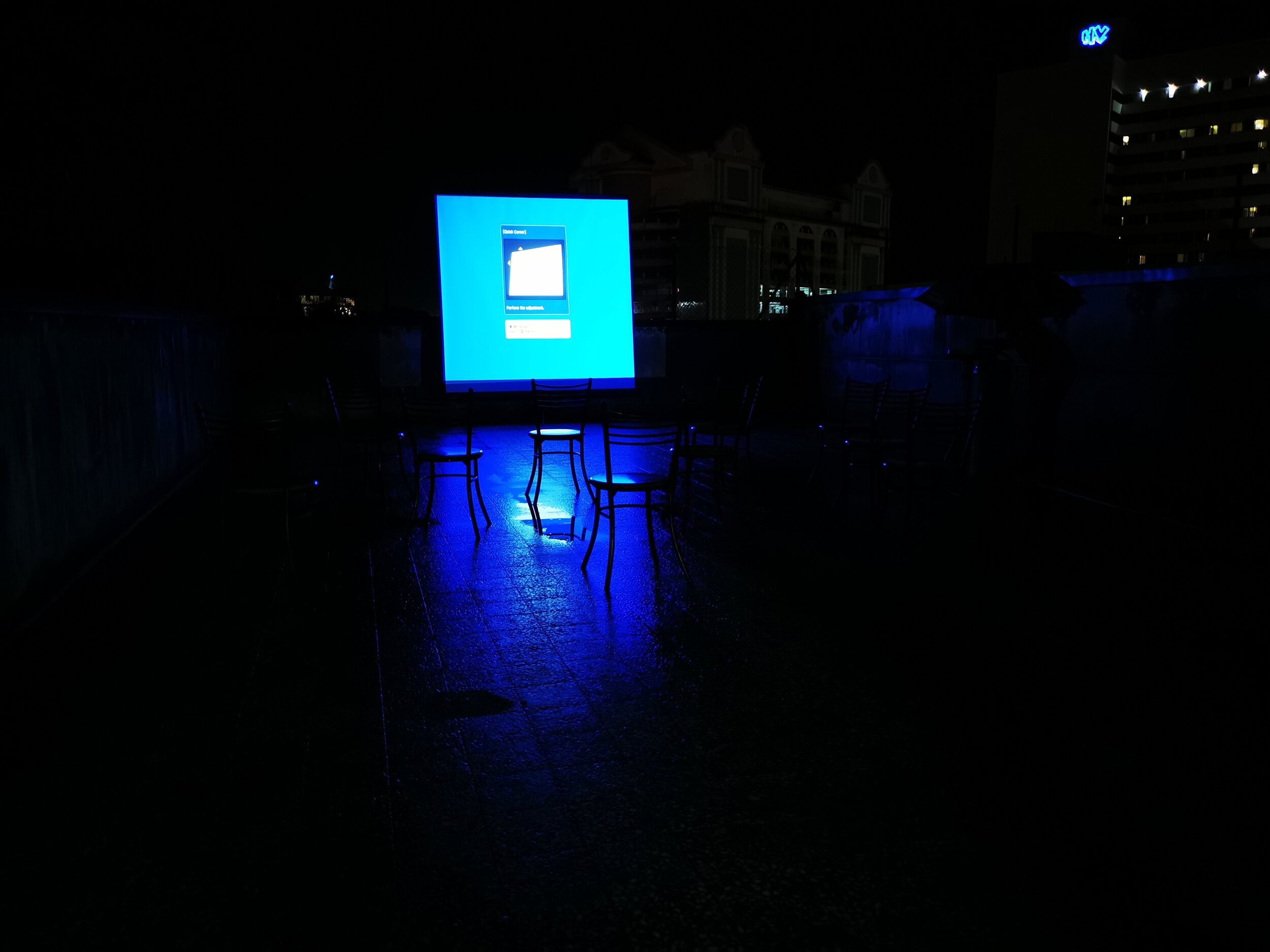
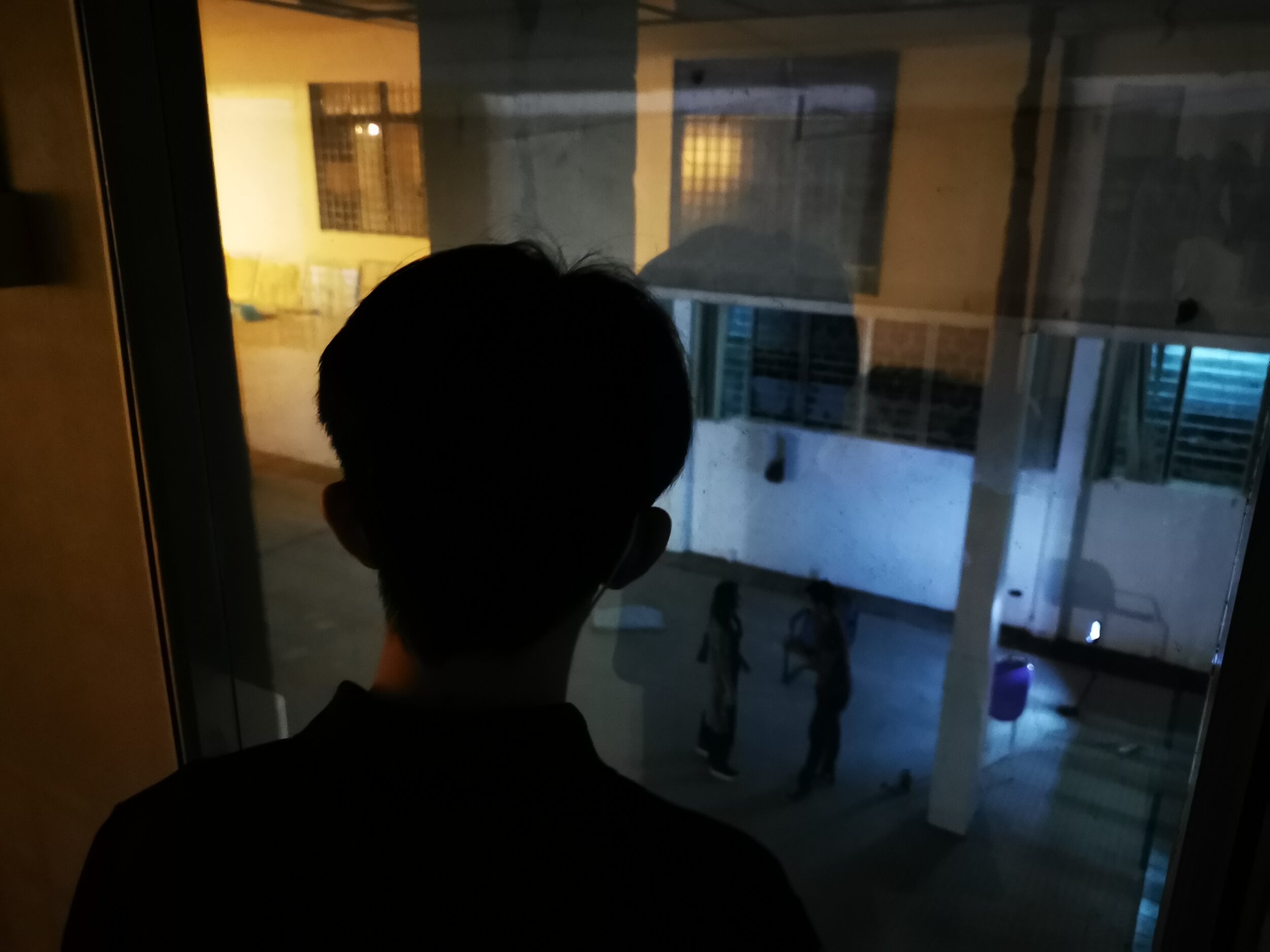
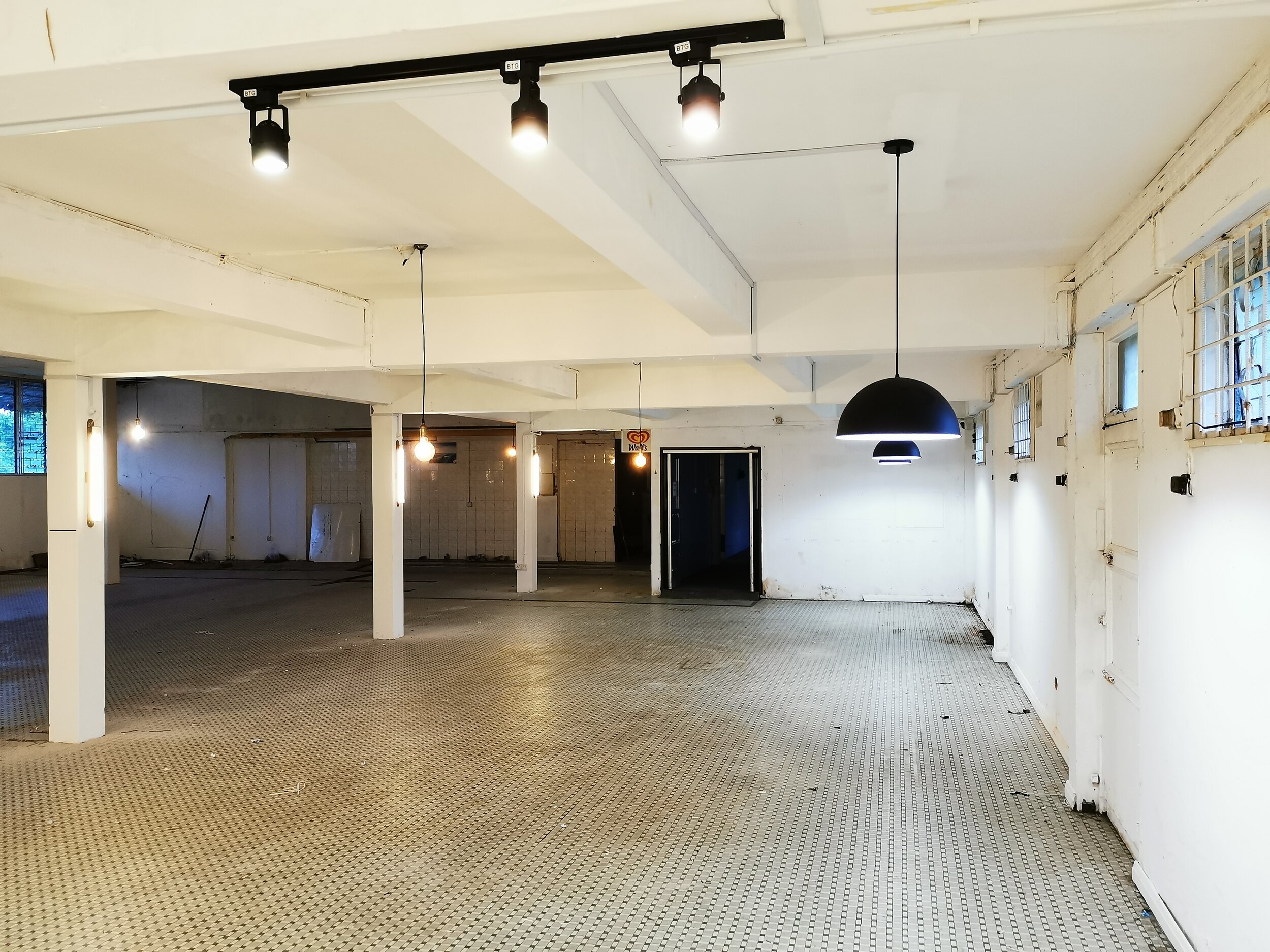
As Liyana put it: “Art is best lived through, observed and appreciated in all its entirety. Nowadays, with the advancement of technology, a lot of art can be appreciated digitally. However, we should not let that allow other forms of creative expression or media to die.” Walid, of course, can be sanguine in his certainty that theatre will survive. “It has faced way too many challenges”, he says. After all, this is not the first time in history that the theatres have been closed on account of a plague.
The Future
Fundamentally, there should no doubt about the long-term survival of creative communities. Covid-19 is not the only disruption that has ever come their way. But Covid is certainly a setback. Ultimately, the more important question is how Think and Think is able not just to survive but actually to thrive in this period. Rethinking Public Relations is only the first step, the ‘gesture’ described by Wendy. As an experiment, however, it has given Borneo Lab a new sense of direction as it redefines the space at Think and Think.
One message has come clearly out of the experience, and that is the idea of choice. Just as people have a range of different lockdown experiences, so now they are facing a range of responses to the ongoing pandemic. Digital and physical is just one; isolate or socialise another. Liyana exemplifies this in many ways: “People are forced to slow down and to reflect on what they are doing, have been doing and will be doing. I hope, moving forward, we are more mindful of our choices, thoughts and actions and how they impact us and everyone around us.”
But this idea of mindful choice must extend to Borneo Lab as a creative hub and also to the creatives that aspire to work with them. Rethinking Public Relations and the publicity that surrounded it has inspired numerous enquiries from potential tenants. The announcement that something is underway has worked. What remains for these creatives, however, is to engage with the choices of their audience. It is clear that the pandemic is here to stay, at least for the foreseeable future. If creative communities want the Liyanas of Malaysia to attend events, as well they should, then they need to become much more creative about Covid. Standard Operating Procedure is simply insufficient. As Aida said: “They should adapt. No matter which industry, if they don’t adapt, they will lose the battle. They have to make sure that the audience feels safe.”
For Borneo Lab, this responsibility becomes a shared burden. Covid will now naturally form part of their choice of who to work with in the future and on what basis. For hubs to continue working for good, compliance must come from each contributor and cannot simply be the remit of the venue organiser. It seems that the pandemic must be an integral part of the planning so that the social can feel both safe and inspiring and the digital simply too distant. Creatives must choose between allowing the controls for Covid to stifle creativity or using them as a spur. Only then will the audience return. In the end, as Chon Fan put it: “I still think that a lot of things will be different, but it does not mean we should stop bringing events. We just have to think of a different way and to make it work.” All we have to do, it seems, is Think and Think.


